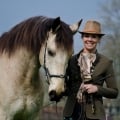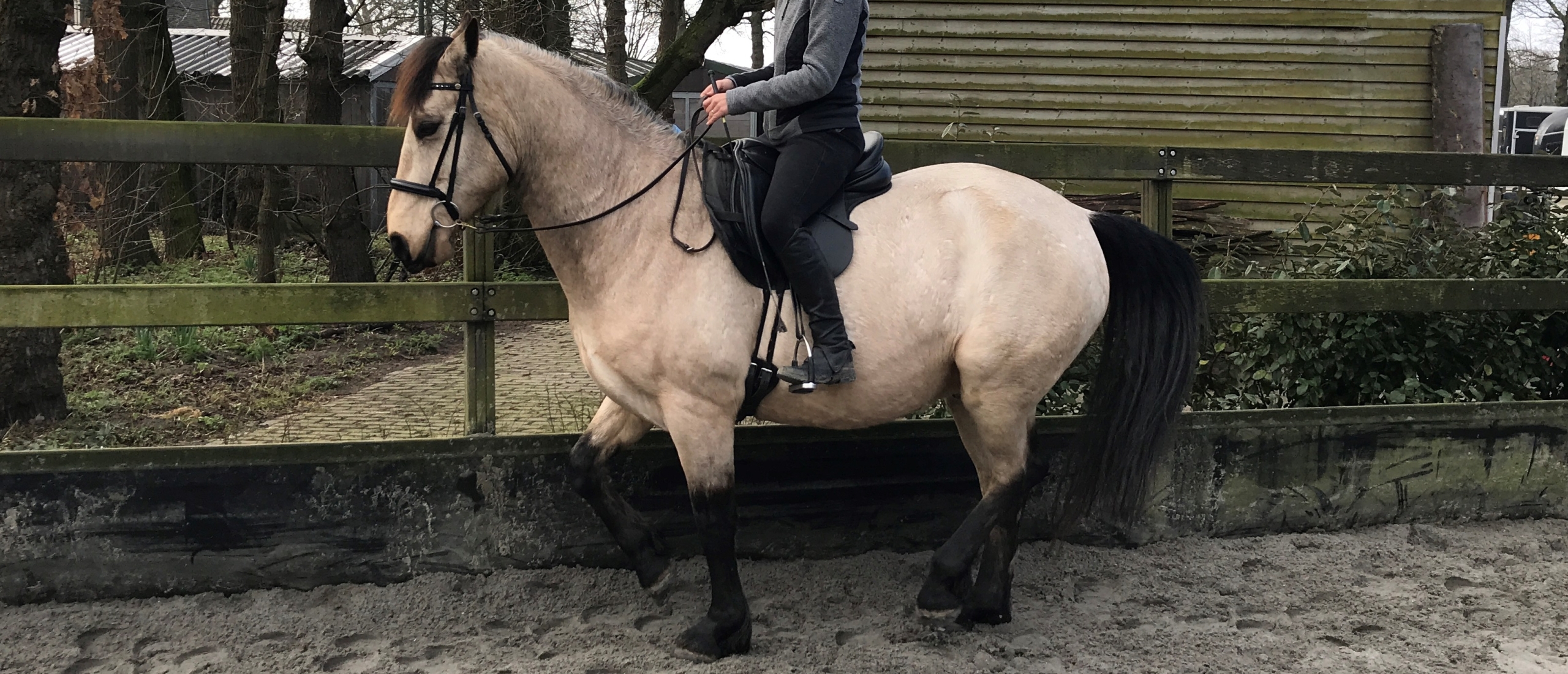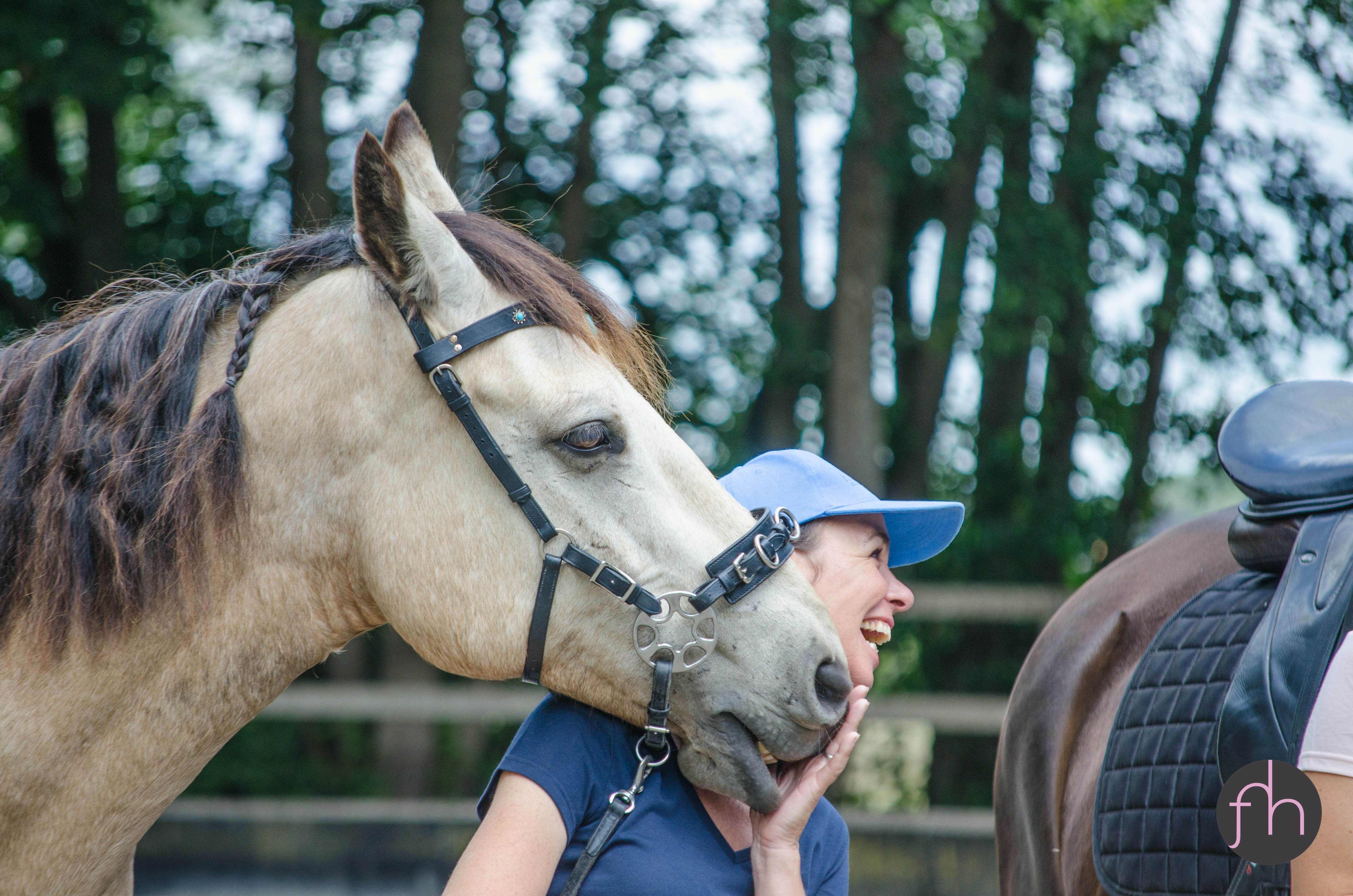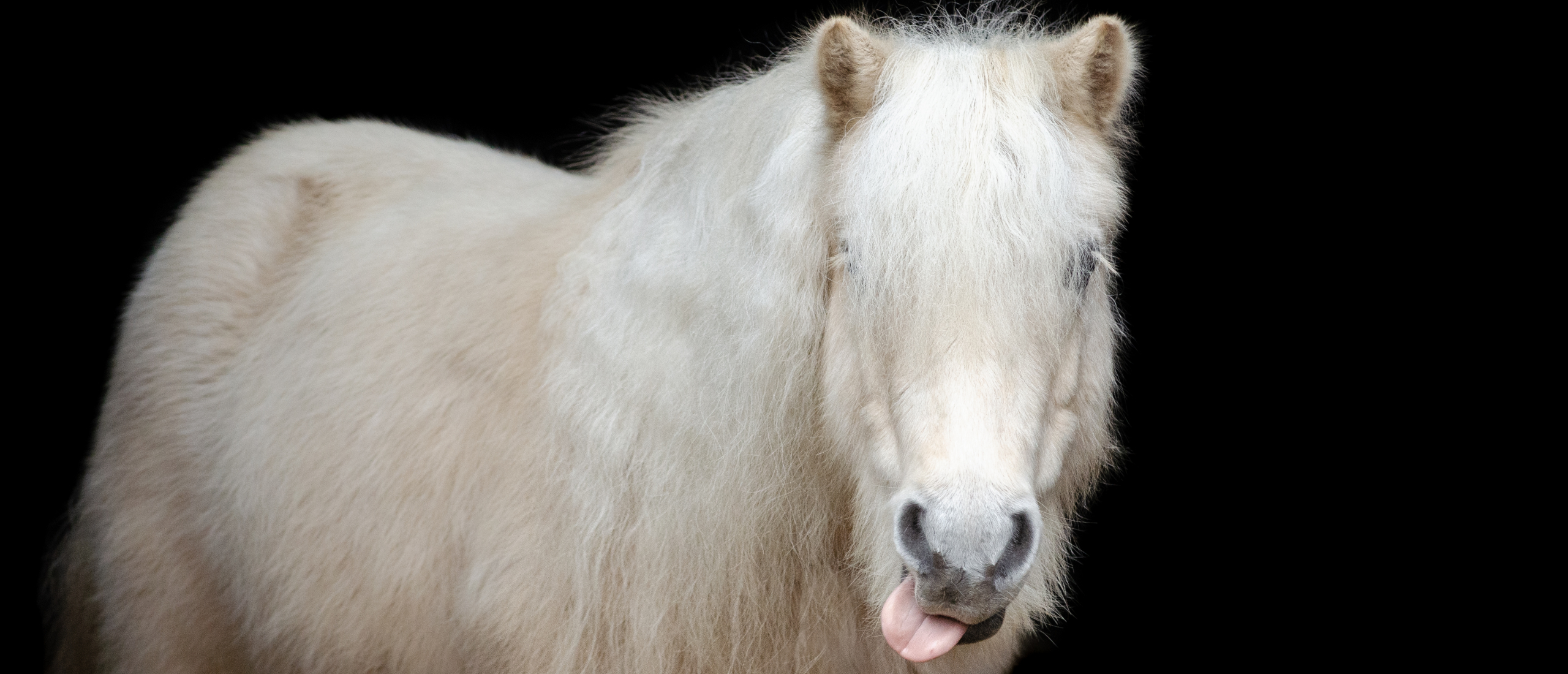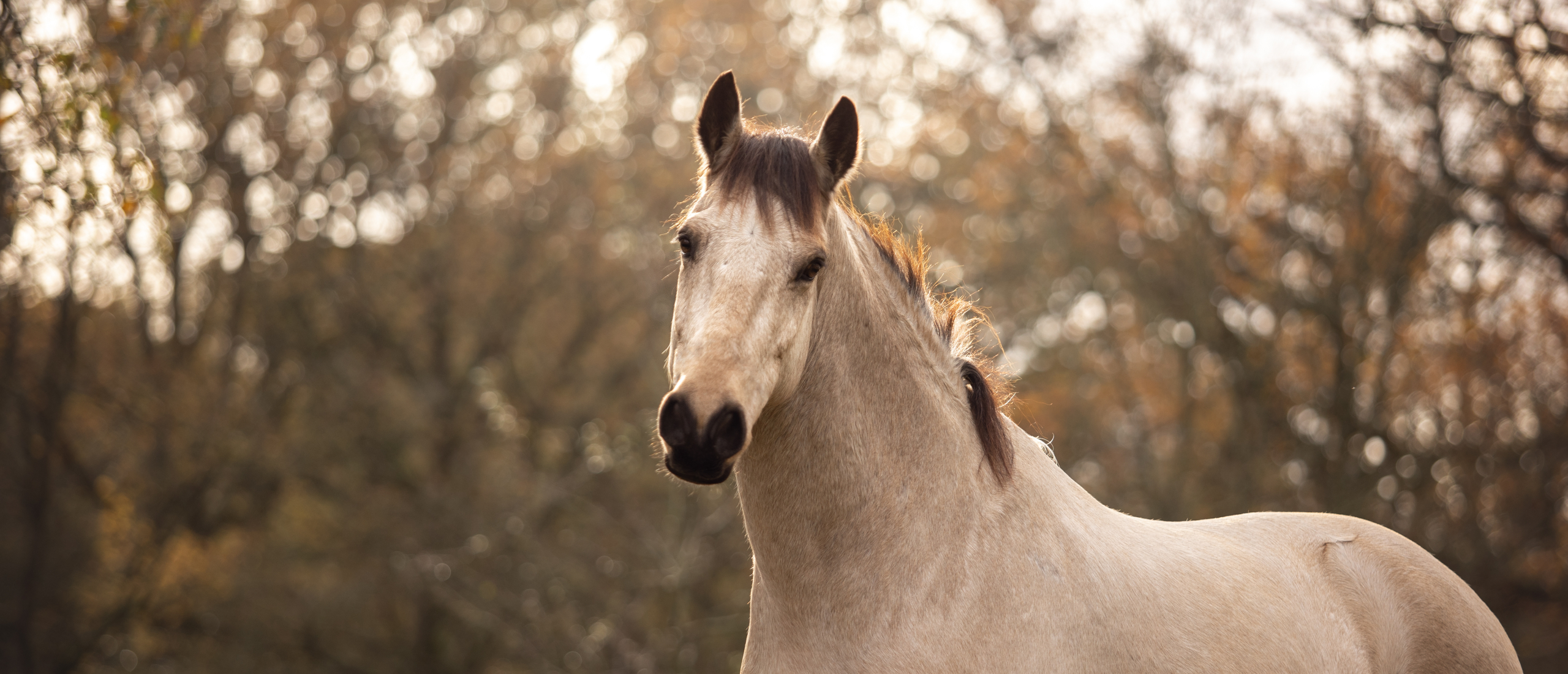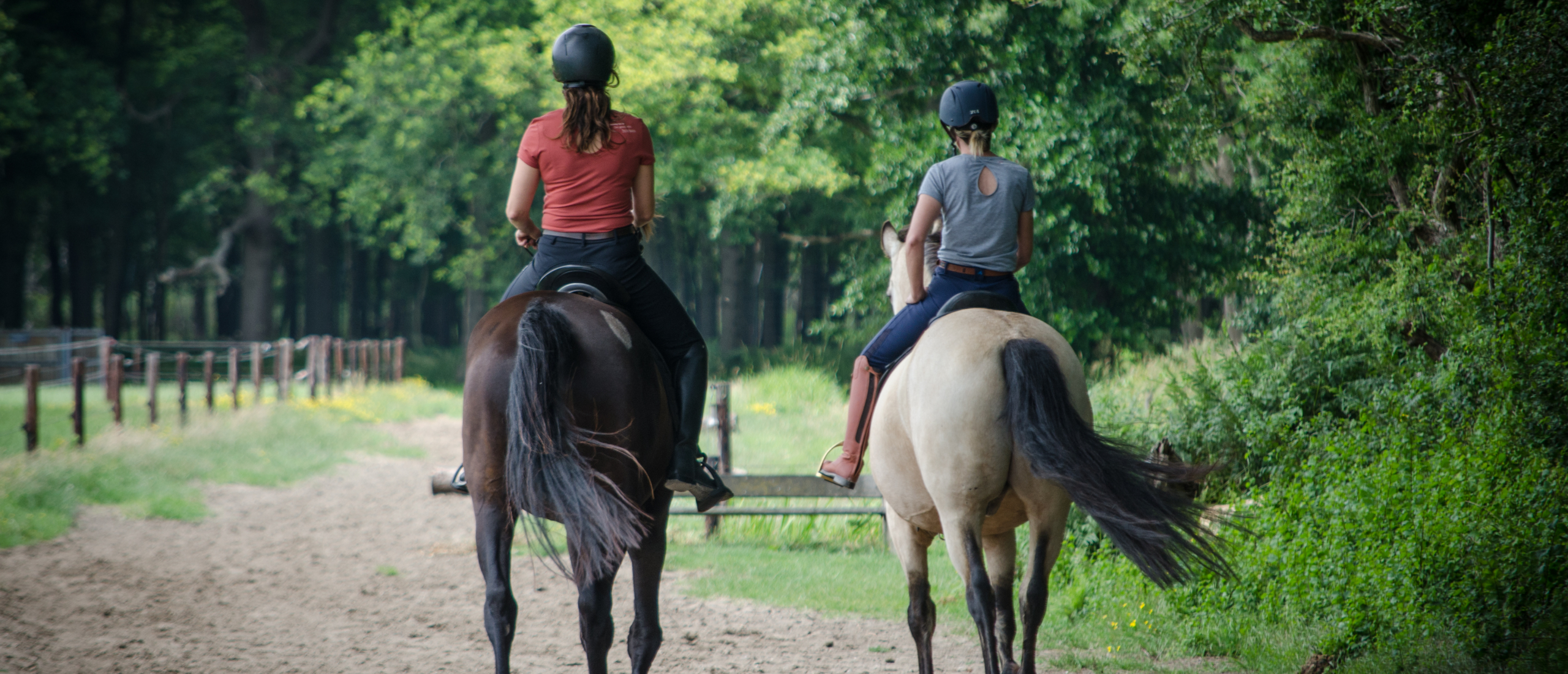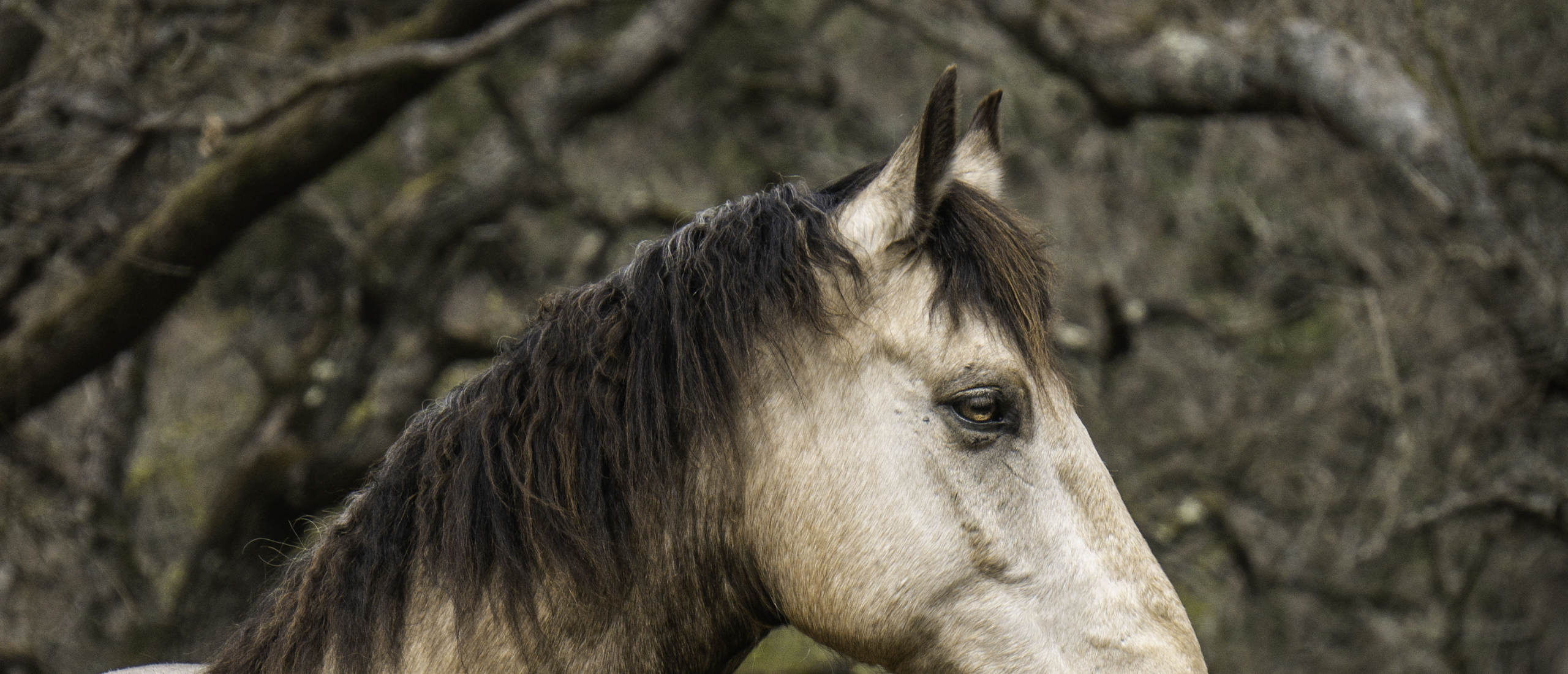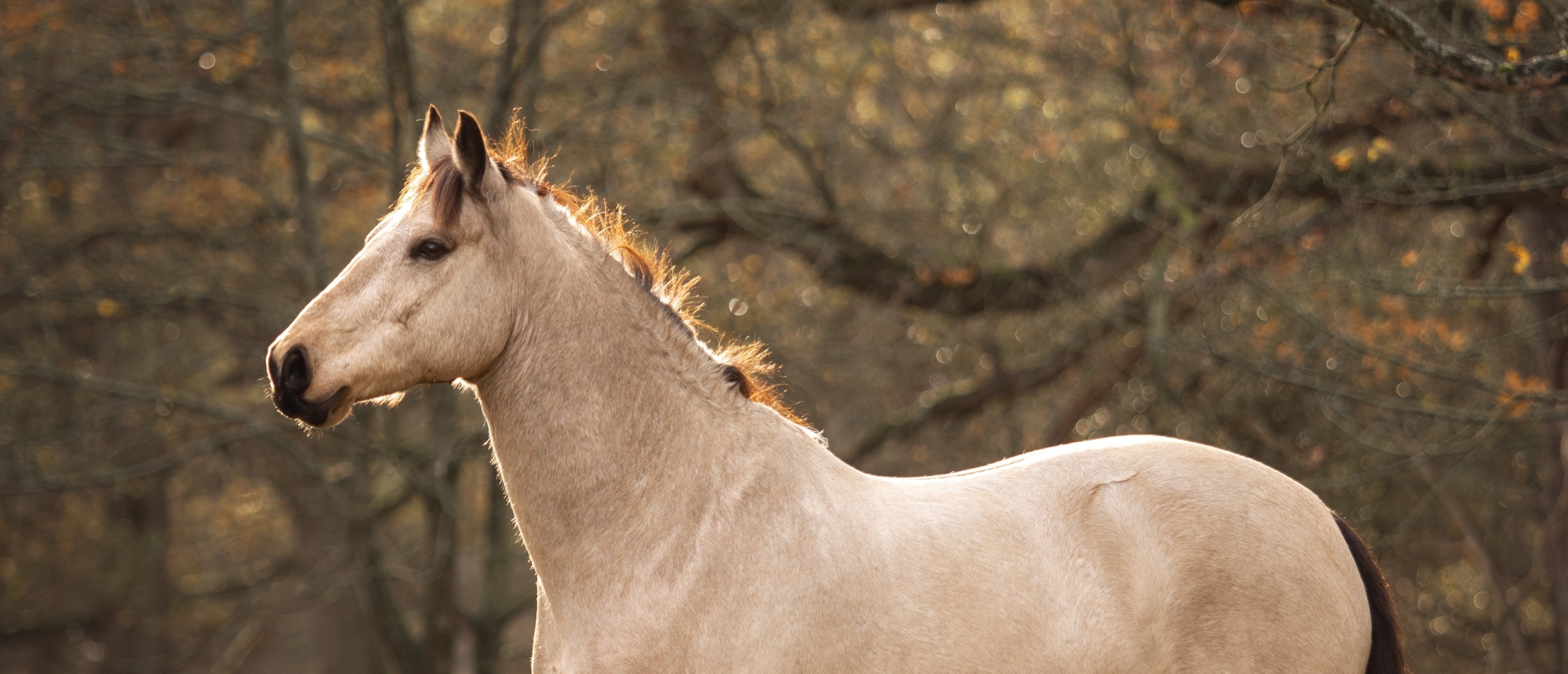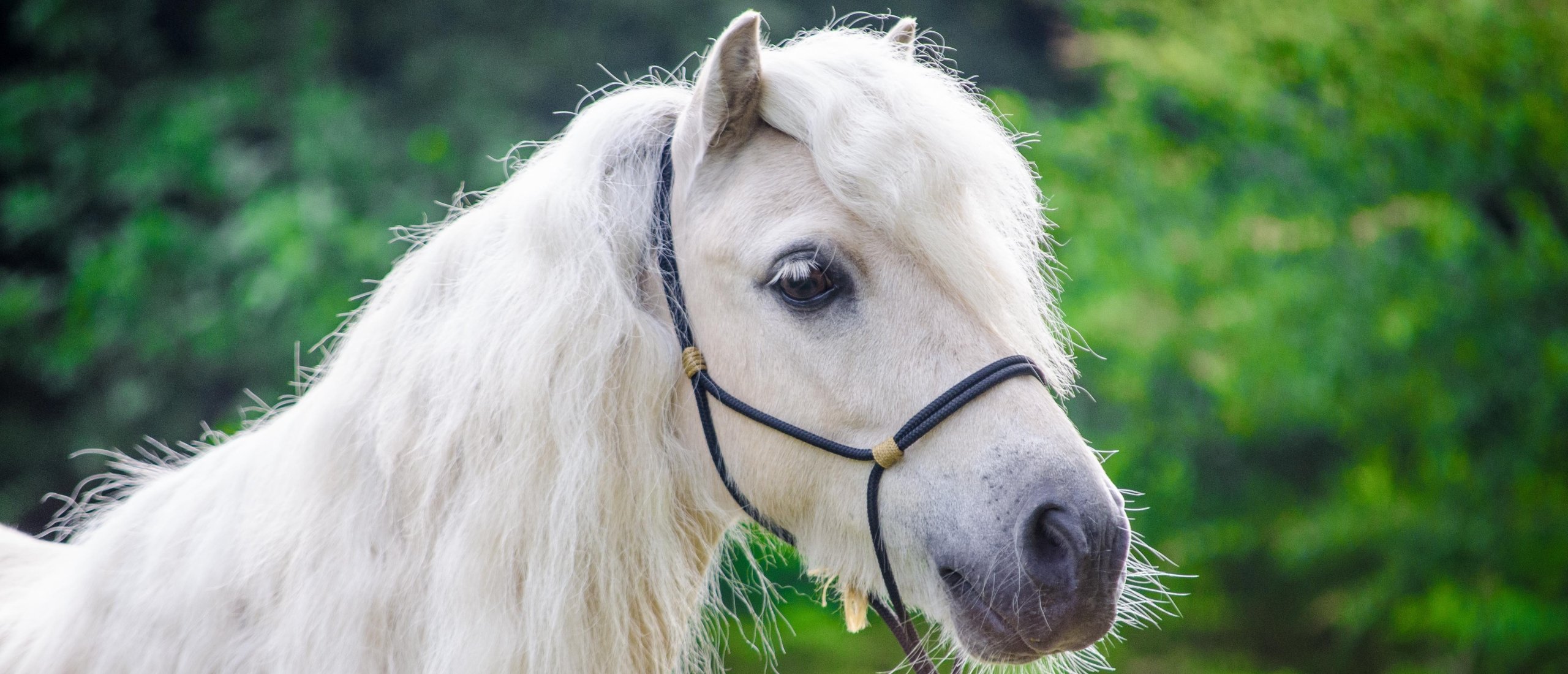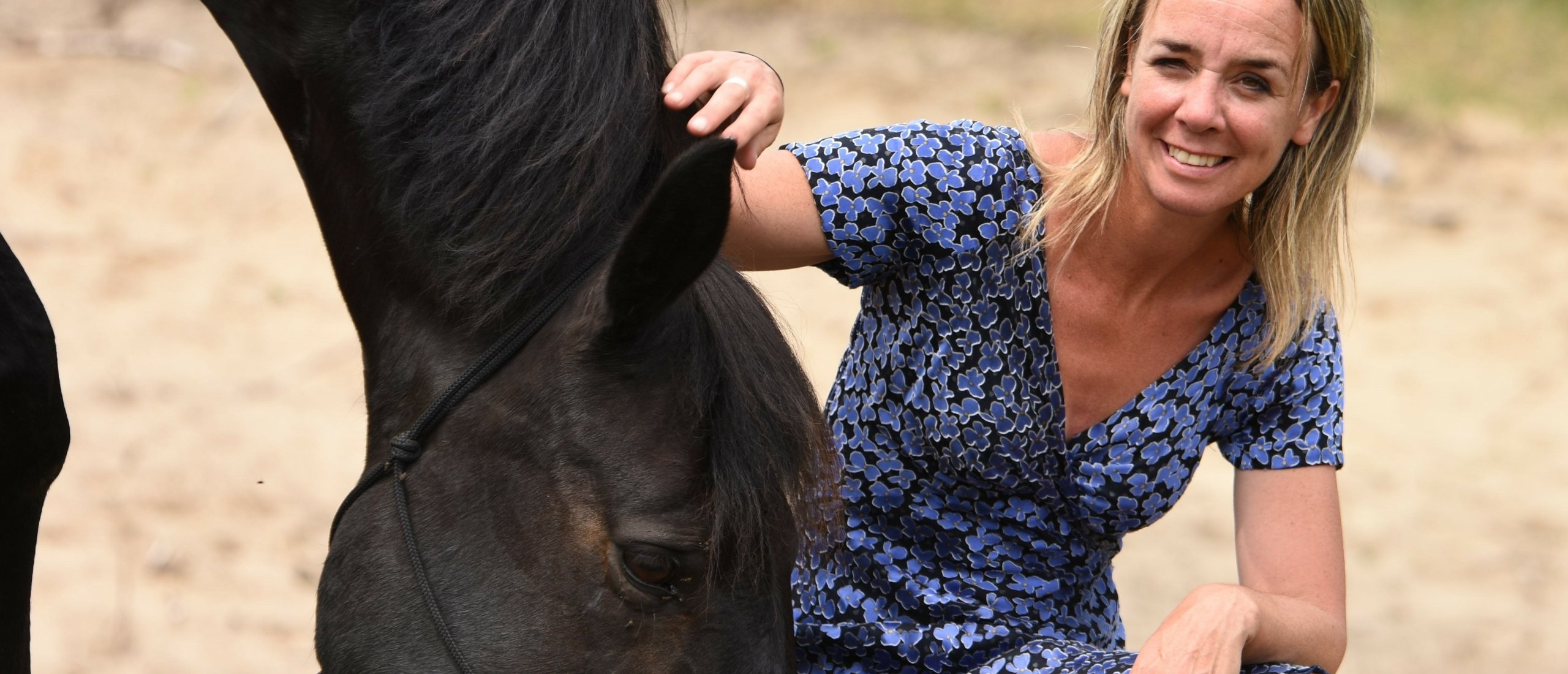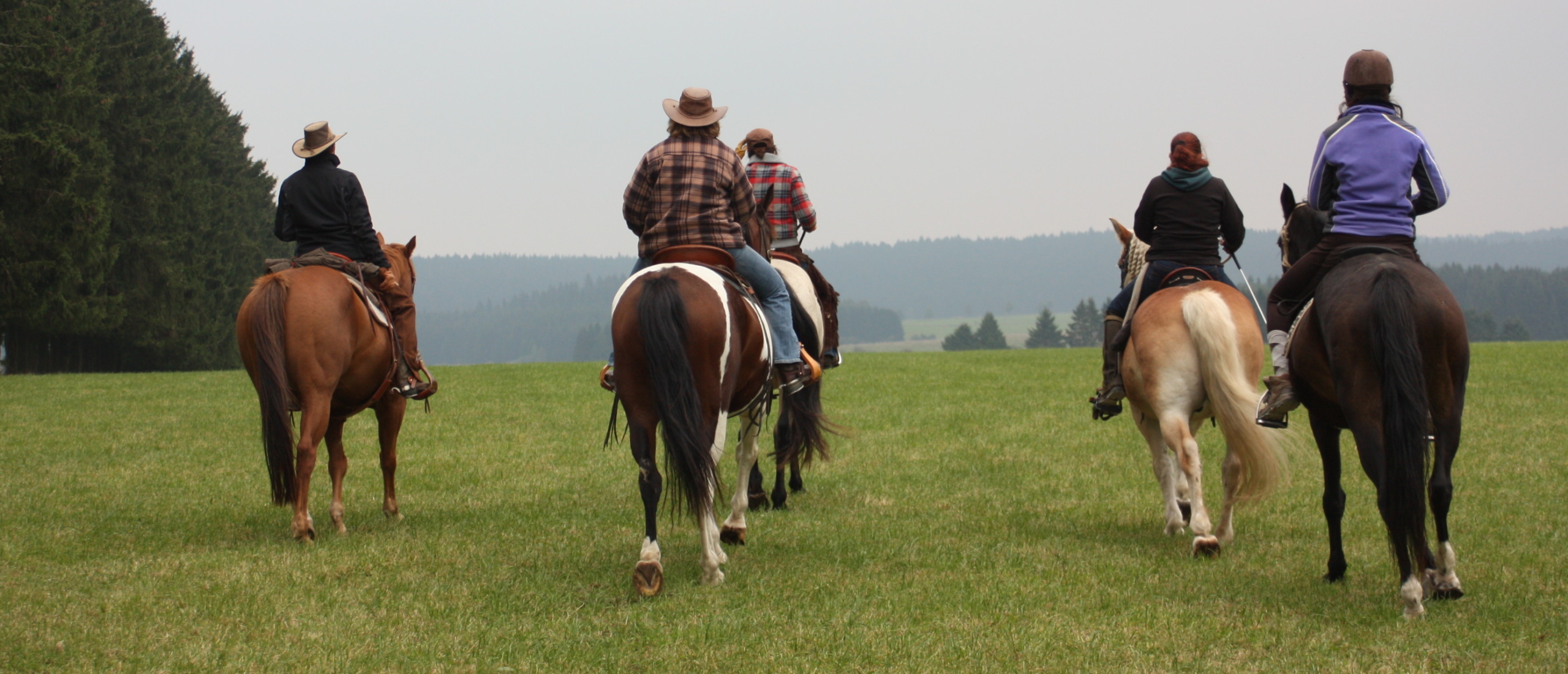
11. What is a good trail riding horse...?
If you read the previous blog, They Say Don’t Get Off – I Say Rubbish, then you’ll know it ties right into this week’s discussion. Because when it comes to trail riding, being safe, prepared, and connected with your horse matters more than anything else.
So, what does a good trail riding horse actually look like?
Here is a story to explain.
A TRAIL RIDE THAT TAUGHT ME EVERYTHING
About 12 years ago, I went on a trail ride through the dunes where our horses live. These dunes are stunning where deer roam free, and the trails lead right to the beach. I bumped into someone I’d never ridden with before, and we decided to ride together.
It was clear from the start she was nervous. Deer were everywhere, moving around us like a scene from a wildlife film. Her horse was jittery, and she was even more so. She dropped her whip by accident and asked to stop. I calmly stopped my horse with a one-rein lift, gave him a rub, and waited. Meanwhile, she struggled to get off, her jacket caught on her saddle, and her horse spun in circles. She got into quite a mess but somehow managed, telling me this was kind of her norm.
It didn’t get better.
A MESSY RIDE AND A REVEALING RELATIONSHIP
During the ride she also trotted off without warning. No communication, no signal and this continued multiple times. When I asked for a heads-up before trotting, she replied, “Oh no, I can’t do that. I only trot when she wants to trot.” Meaning her horse choses what to do and when.
You read that right; her horse dictated the speed and timing. It always trotted in the same spots and walked in others. She thought this was partnership. The horse had all the control. The entire ride was chaotic. The horse wouldn’t stand, wouldn’t wait, and bolted whenever it pleased.
THEN CAME THE ACCIDENT
As if things weren’t bad enough, she saw a deer antler on the ground. Being an antler collector, she wanted to pick it up. It was here and after the previous commotion I offered to grab it and hand it to her. But handing her the antler was a disaster her horse only panicked again.
Later, as we rode on, she unexpectedly took off at a gallop. I calmly asked my horse to wait and then caught up safely. Moments later, her horse spooked, she flew off, and unbelievably landed on the deer antler. Thankfully, it pierced only the skin, but it could have been far worse.
It was here I decided to put her on my horse and lead hers, and we began the 7-kilometer walk home.
A MOMENT OF REFLECTION (AND TEARS)
On the way back, she experienced something entirely new: a soft, responsive, confident horse. She started to cry.
“I just realized something,” she said. “My horse is an absolute asshole.”
I couldn’t help but laugh, not at her, but because she’d finally realized the truth. Her horse wasn’t bad. It was simply never taught any different. That day changed everything for her.
She became a student of mine. I taught her about emergency stops, groundwork, and how to train a reliable, safe trail horse. Today, she rides in the dunes with soft reins, loose hands, and a calm horse. Even her second horse was trained with the same approach and both are thriving.
WHAT A SAFE TRAIL HORSE REALLY LOOKS LIKE
A good trail riding horse:
- Listens to your cues and respects your pace.
- Can stop, turn, and standstill, including when you hop off.
- Doesn’t rush home or bolt on familiar trails.
- Can tie, graze, or wait patiently at picnic spots.
- Feels safe, calm, and aware of its human.
But here's the key: you must practice.
If you only ride trails occasionally, your horse may struggle to feel secure. That’s normal. But the more you practice safe, connected riding at home, the more your horse will carry that confidence everywhere else.
KEEP TRAIL RIDING INTERESTING (AND SAFE)
When you’re out on the trail, don’t just zone out. Keep your horse engaged:
- Change gait transitions.
- Practice circles, leg yields, or forehand turns.
- Go off-track, weave around trees, or stop for rests.
- Teach your horse to respond to body cues, not just rein pressure.
And if your horse ever spooks “out of nowhere,” know that it didn’t. Most spooks are caused by subtle tension that built up unnoticed. Practice observing and diffusing that tension before it escalates.
TRAIL RIDING IS A SKILL, NOT A LUCKY GUESS
Just like you wouldn't take a car without brakes for a spin, you shouldn’t hit the trail without a “braking system” trained and understood by your horse. Loose reins and confidence don’t come from hope, they come from groundwork, preparation, and thoughtful riding.
FINAL THOUGHTS
If you want to become a better trail rider, take the time to invest in your horse’s education and your own. Practice the skills at home that will help keep you safe and your horse happy out on the trail.
A great trail horse isn’t born. It’s made.
And if you're willing to listen, learn, and try something new, I promise your trail rides can become the highlight of your horsemanship journey.
Train smarter. Ride safer. Connect deeper.
Join my Online Training Academy trusted by horse lovers in over 60 countries.
🌐 Learn with me from today HERE
📲 Follow me @getgoodwithhorses on Instagram, Facebook & TikTok.
Thanks for reading and as always, keep getting good with horses. 🐴

